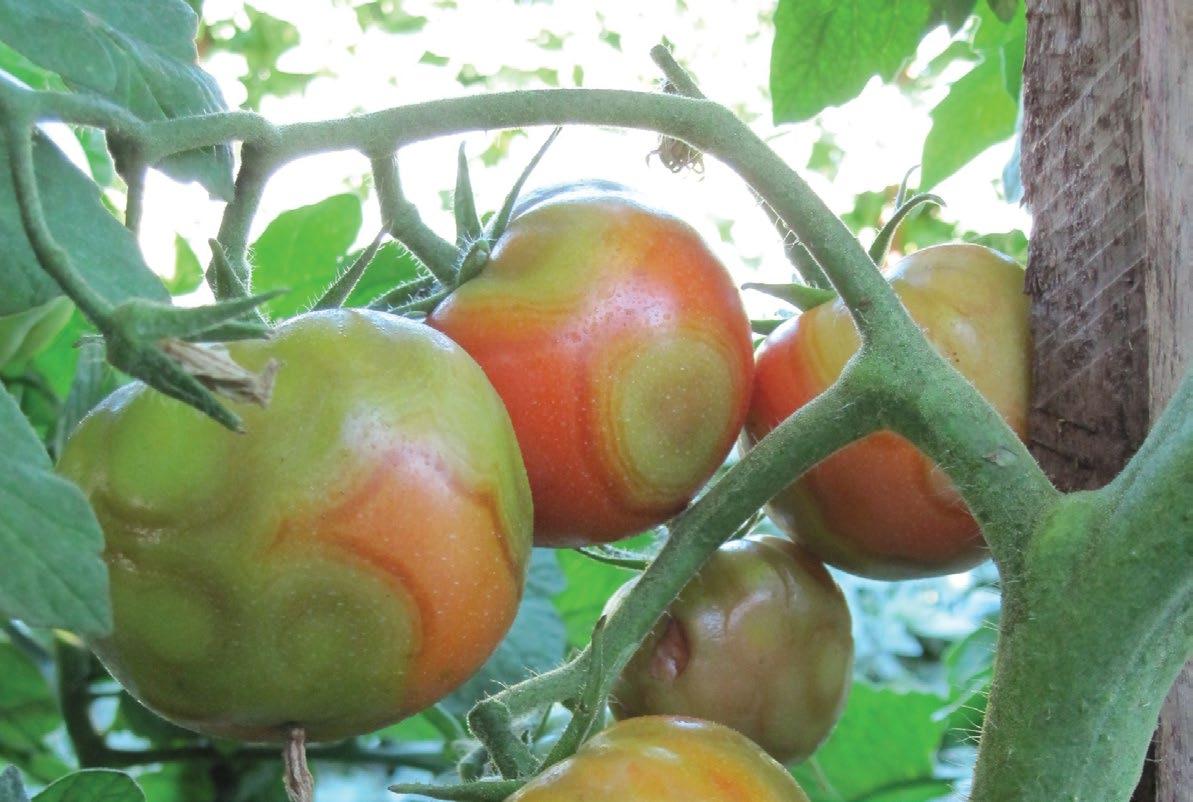
8 minute read
Virus diseases of capsicums
Virus diseases of capsicums in Western Australia
BY DR CRAIG WEBSTER DEVELOPMENT OFFICER, DPIRD
Advertisement
Several viruses can affect capsicum production in all regions of Western Australia. It can be difficult to tell the difference between the three viruses by the symptoms alone. Most importantly, the best way to control of each viruses differs so accurate identification is important.
The three main viruses detected in capsicum include Tomato spotted wilt virus (TSWV) (see Figure 1), Cucumber mosaic virus (CMV) (see Figure 2) and Pepper mild mottle virus (PMMoV) (see Figure 3). A fourth disease that is occasionally seen is a phytoplasma (see Figure 4), which is a type of bacteria. When infected by each virus, the symptoms in capsicum are very similar, and can often not be distinguished by eye alone. The symptoms of a plant being infected differ with the variety of capsicum but they usually cause the leaves to become pale in colour (chlorotic) and can be reduced in size or distorted in shape. These will first appear on the newest leaves and often cause the plant to stop growing or grow only very slowly. The size of the fruit can be affected and ripen unevenly. Necrosis in spots or rings may also be observed on the fruit. Once a plant is infected, all the remaining fruit will continue to show the same symptoms, and nothing can be done once the plant has become infected. Each virus is spread in a different way so knowing which virus is causing the disease will help focus on the best approach to control the disease. 1. TSWV is spread by thrips and they need to be born and feed for a long time on an infected plant to spread the virus. This means the disease moves relatively slowly. It is not spread by seed but it is spread by thrips moving from volunteers, weeds and adjacent infected crops with thrips can cause virus to be continually spread into the crop.
3 TSWV is spread by thrips and they need to be born and feed for a long time on an infected plant to spread the virus.
a
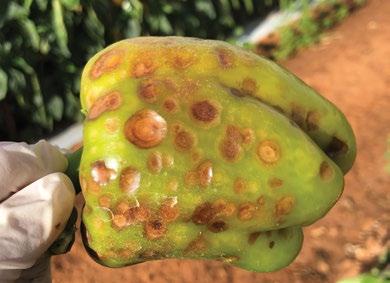
b
c

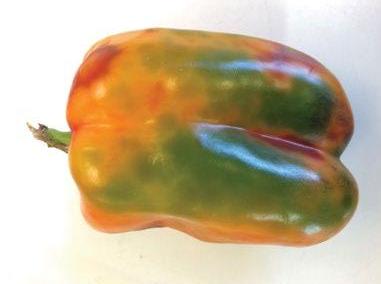
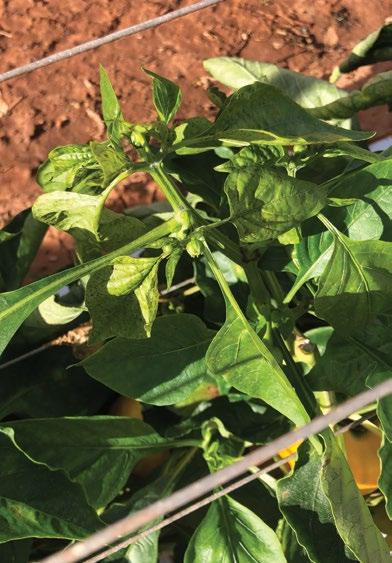

FIGURE 1. TOMATO SPOTTED WILT VIRUS a. Young leaves of a capsicum showing yellowing and necrosis caused by TSWV; b. Capsicum fruit with necrosis caused by TSWV; c. Capsicum fruit with uneven ripening caused by TSWV.
a
FIGURE 2. CUCUMBER MOSAIC VIRUS c. Distorted fruit with necrotic spots caused by CMV. 2. CMV is spread by several types of aphids including green peach aphid and melon aphid. Aphids only need to feed for several seconds to spread the virus and it can be spread by aphids, which don’t live on capsicum but just fly through the crop-like melon aphids. This virus can also spread by seed, so it is important to use seeds from a reputable source. in that it doesn’t need an insect to spread; instead it is very stable and can survive for long periods of time in plant material and spread by contact of infected plants with healthy plants. It can also be seed borne and move longer distances through contaminated tools or machinery. FIGURE 3. PEPPER MILD MOTTLE VIRUS
b
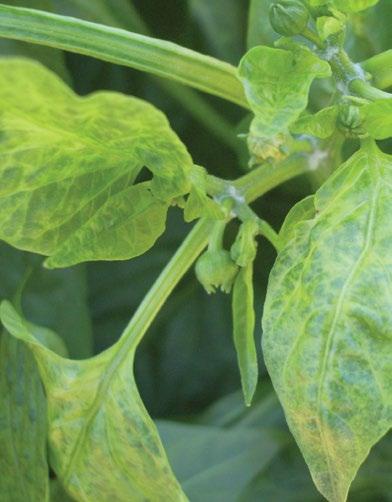

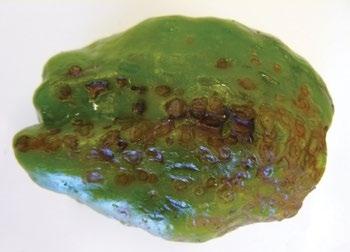
c
a. Pale yellow and distorted leaves of a capsicum infected with CMV; b. Distorted shape and uneven ripening caused by CMV;
3. The last virus, PMMoV, is different Blistering of capsicum fruit infected with PMMoV. FIGURE 4. PHYTOPLASMA Pale yellow leaves and very bushy appearance of a capsicum infected with a phytoplasma.
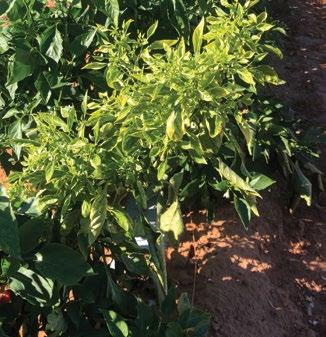
Each virus can also be found in weeds, volunteers or adjacent crops. These plants often do not show obvious signs of being infected but insects feeding on them can spread the virus.
Control options
Methods of control are different for each virus but resistant varieties can be used to control each disease. 1. Rogue out infected/sick plants immediately. When plants are seen with symptoms it is important to remove them and discard them away from production areas to stop them allowing disease to spread to more plants. Wearing gloves or washing your hands after handling diseased plants will help stop spread.
2. Remove weeds near to crops, which This growth is pale yellow in colour but can be infected and host insects. doesn’t have the blistering or necrosis
These may not be obviously sick so sometimes seen when capsicums are controlling all is the best option. infected by a virus. They are spread by 3. Controlling insect populations can help but is not enough on its leaf hoppers, which have to feed for a long time to spread the disease. own. CMV can be spread by aphids Usually only a small number of plants before insecticides can kill them, become infected and it does not and thrips have several life stages, spread enough to cause large losses. which don’t feed on Removing them and discarding plants and hide on the them away from production ground so aren’t killed. areas will prevent the spread
Monitoring crops, including with yellow sticky traps, so sprays Controlling insect populations can help. to other plants. Weeds such as nightshade can also be a source of phytoplasmas. are only used when insects are present. 4. Best Practice Option: Use MORE INFORMATION all three listed above to help This project has been funded control virus diseases in your crops. by Hort Innovation using vegetable industry Phytoplasmas levies and contributions from the Australian Government, with co-investment from the The phytoplasmas are very different in Queensland Department of Agriculture appearance and cause plants to grow and Fisheries; Victorian Department of very bushy, which leads to the name Witches’ Broom Disease. The fruit and flowers will not develop properly. Economic Development, Jobs, Transport and Resources; the Northern Territory Department of Primary Industry and Resources; Western Australia’s Department of Primary Industries and Regional Development; and the University of Tasmania. It is supported by a second smaller project led by the New South Wales Department of Primary Industries and similarly-funded by Hort Innovation using vegetable industry levies and contributions from the Australian Government and the NSW Department of Primary Industries. • Contact Craig Webster on 0499 997 563 or email craig.webster@dpird.wa.gov.au
• https://ausveg.com.au/infoveg/infovegsearch/management-of-thrips-andtomato-spotted-wilt-virus/ • www.agric.wa.gov.au/capsicumsand-chillies/cucumber-mosaic-viruscapsicum • www.agric.wa.gov.au/viruses-virus/ pepper-mild-mottle-virus-pmmov
Department of
Primary Industries and Regional Development
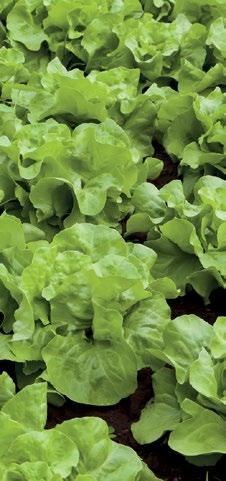
Verigrow An innovative new liquid fertiliser and soil improver
VERIGROW IS A patented fertiliser and soil improver produced by WA-based company, Veratin. The company uses waste wool from local WA farms to produce a high-end, all-purpose fertiliser and soil improver that is rich in amino acids and improves the organic content of the soil. Amino acids are the building blocks of life and help plants combat stress, increase root mass, activate natural defence mechanisms, and enhance photosynthesis by increasing the chlorophyll concentration. They also promote nutrient absorption and stimulate the essential metabolic activities in the plant. Verigrow contains an organic and an inorganic nitrogen source where the inorganic nitrogen provides an immediate source of nitrogen while the organic nitrogen provides a slow release and longer lasting effect. Company founder and Managing Director, Dr Ramiz Boulos, says that: “Verigrow is the new kid on the block. Our product is affordable, easy to apply, and excellent for a wide range of horticulture and broadacre farming”. The benefits of Verigrow extend beyond just the product, contributing to a circular economy. Dr Boulos says “We use low-grade wool from farms who struggle to monetise this lower quality product. We purchase that wool at a premium and then turn it into a high-end, all-purpose fertiliser and soil improver which farms and market gardens can then use on crops.” He says: “It’s a win-win situation where everyone along the supply chain benefits”.
3 DR Ramiz Boulos, Verigrow Company founder and Managing Director.
From humble beginnings in a university laboratory, Dr Boulos has come to discover a way of turning wool, a natural and sustainable source, into a bioavailable and biodegradable amino acid-rich product. Independent studies have shown that Verigrow is significantly better than a market leading brand in improving various plant health parameters, including biomass, plant height, root mass and NDVI (a measure of ‘greeness’). The study found Verigrow was two to five times better than the market leading brand in every parameter measured. The company, Veratin, launched the product in October last year and has been overwhelmed by the response from customers. Dr Boulos says, “We are pleased with the results customers are getting from using our product and hope that even more market gardens and farms can use our product in the future”.

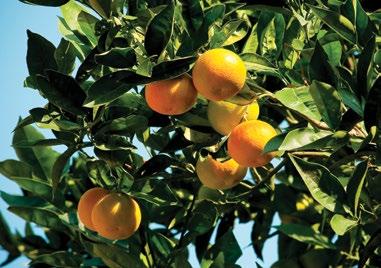
The company produces Verigrow in a range of sizes from 20L and 200L, up to 1000L. The company also produces small 1L and 5L bottles for home gardens. The liquid product provides farms with flexibility in how it’s applied and can be fertigated, foliar sprayed or applied using a boom-spray.
MORE INFORMATION
Call us now on 0431 150 538, email us at info@veratin.com.au, or visit our website at










